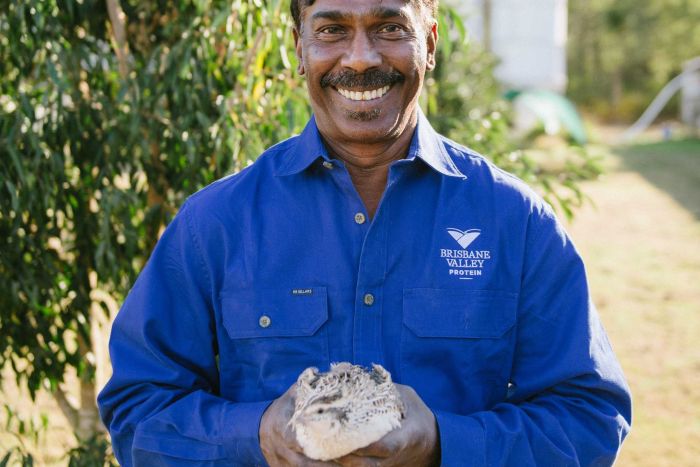A partnership rooted in true empowerment
Safika Holdings is honoured to be part of Ditikeni’s story
Safika Holdings, our shareholders, board, subsidiaries and all our employees, are proud to have partnered with Ditikeni from the very early days when challenges in the non profit organisation (NPO) sector seemed insurmountable.
In the euphoria of the dawn of democracy, many of us were oblivious to the threat our great struggle organisations were facing. They were being denuded of their most talented people as the new state built its civil service and policy capacity.
The foreign funding that many of these organisations had come to rely on was drying up.
It was not being replaced by the new progressive state in financial or service terms.
The consequence was that thousands of beneficiaries of these programmes and projects were abandoned at the very time many of their compatriots were enjoying the democratic dividend.
How could this dangerous situation be arrested and resources redirected at the NPOS that had been the backbone of service delivery to these people?
A bright spark lit the firmament when someone identified that the struggle NPOS could get together and create a company and a trust that would provide the broadbased element of empowerment in transformation dealmaking.
The idea is so simple and yet so effective that had many dealmakers of those heady days of empowerment deals embraced Ditikeni, the empowerment story could have been different both in substance and narrative.
We are grateful that Ditikeni saw in Safika Holdings a company that believes in true empowerment.
Our first substantial deal that we did with Ditikeni was the Stanlib deal with Standard Bank and Liberty about two decades ago.
The capacity to distribute resources in an accountable and sustainable way is what attracted us to Ditikeni.
Unlike many so-called broadbased structures that go to war among themselves as soon as the first cent flows in, working with Ditikeni has been a pleasure.
We at Safika salute Ditikeni, a steady and supportive business partner over the two decades of its service to the NPO sector.
We look forward to working with Ditikeni to build new businesses, create new commercial opportunities and employment prospects while its constituent organisations do what they are great at … providing service to our people when society and the state fails them.
